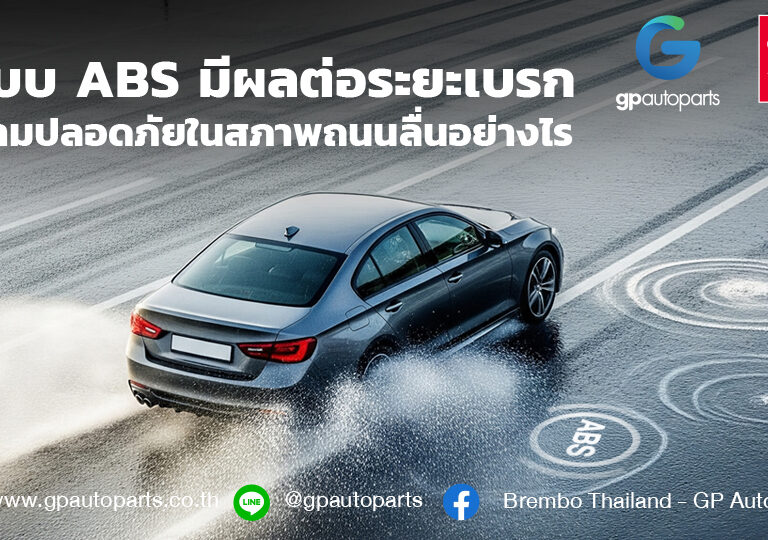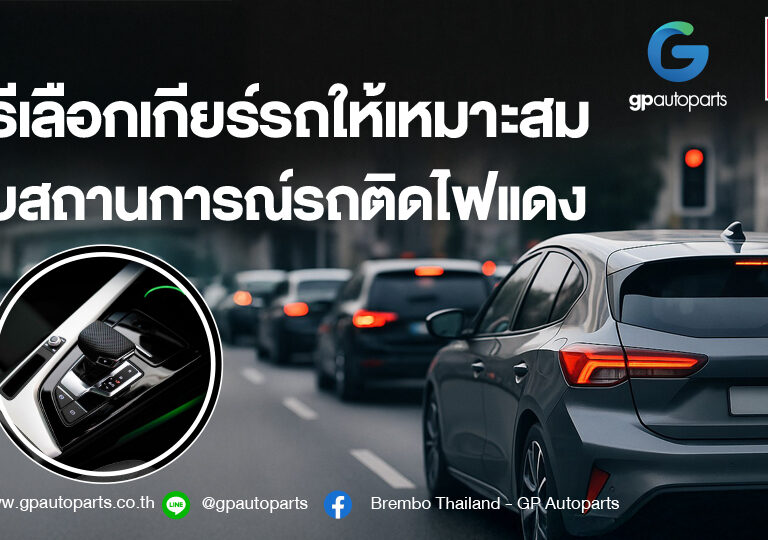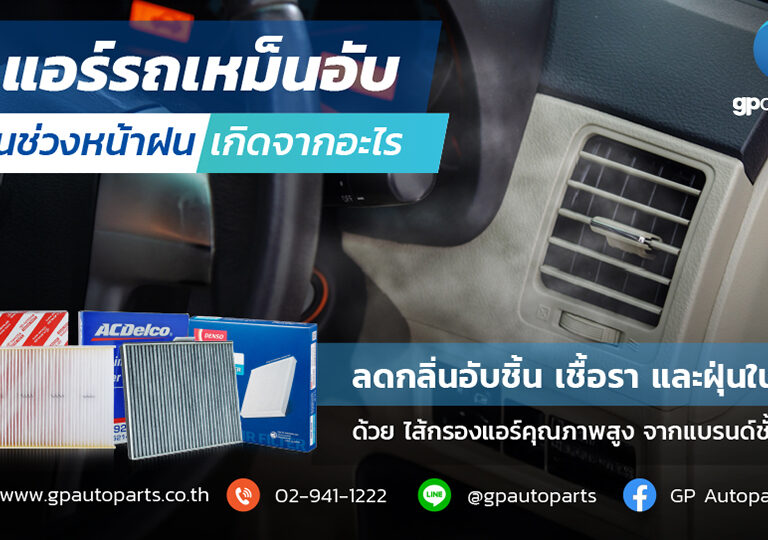
How ABS Affects Braking Distance and Safety on Slippery Roads
During seasons when road conditions become more hazardous due to rain or slippery surfaces, the Anti-lock Braking System (ABS) plays a crucial role in maintaining safety. But how exactly does it work, and does it really affect braking distance? How ABS Works When you slam on the brakes, wheel sensors detect if any wheel is about to stop spinning (lock up). The ABS system then automatically modulates the brake pressure, rapidly “grabbing and releasing” the brake pads up to 16–50 times per second. This high-speed pulsing prevents wheel lock and allows the tires to maintain traction. Drivers often feel a pulsating sensation in the brake pedal—this is a normal sign that the ABS is working properly. Impact on Braking Distance and Safety On dry or normal roads: ABS may shorten braking distance or make it comparable to standard braking systems, especially during hard braking. The key advantage is better control and stability. On wet or slippery roads: ABS performs at its best, helping maximize traction and prevent skidding or hydroplaning. As a result, braking distance is generally shorter or comparable to non-ABS systems, with the added benefit of steering control. On loose surfaces (gravel/sand/dirt): ABS may increase braking distance slightly compared to non-ABS systems because the wheels don’t lock and dig into the surface to help stop the car. However, ABS allows the driver to maintain steering control, which is vital for avoiding obstacles. ABS is a safety feature designed to prevent wheel lock during hard braking, helping drivers maintain directional control—especially on slippery roads. Still, it’s important to regularly check your brake pads, discs, and brake fluid, and follow maintenance schedules to ensure your braking system performs at its best under all road conditions.









